

Global Biodiversity Center
What is biodiversity?
Biodiversity is the variation of all life on earth, from genes and species to communities and ecosystems. Biodiversity can be studied from the local to global scale and across the many levels of organization (genes to ecosystems).
Why is biodiversity important?
In all systems, aquatic to terrestrial and managed to natural, biodiversity maintains life on our planet and underpins the ecosystem services vital to human well-being, including food, carbon storage, climate regulation, aesthetics, and cultural support. However human activities threaten this biodiversity as species extinction continues to increase.
The Global Biodiversity Center at Colorado State University
The goal of the Global Biodiversity Center is to: (1) link these researchers across campus; (2) provide expertise in biodiversity research to other scientists, policy makers, natural resource managers, and conservation practitioners at the state, national, and international levels; and (3) work towards the enhancement of biodiversity through research, policy advancement, and outreach.
GBC Staff

W. Chris Funk, Ph.D., Director
Dr. Funk is an Associate Professor in the Department of Biology and an Advising Faculty member in the Graduate Degree Program in Ecology at CSU. Trained as an evolutionary ecologist and conservation geneticist, he focuses on understanding the mechanisms that generate and maintain biodiversity. He primarily studies vertebrates—including amphibians, reptiles, birds, fish, and mammals—in tropical South America and the western U.S., although a new branch of his research program focuses on aquatic insects. His main interest lies in addressing questions of fundamental importance in evolutionary ecology that also have important conservation applications. He studies common species as models for testing evolutionary and conservation theory, as well as threatened and endangered species to inform their conservation and management. He was an Aldo Leopold Leadership Fellow and a Fulbright Fellow in 2015.
Dr. Funk can be contacted at Chris.Funk@colostate.edu or through his lab website: The Funk Lab.
Executive Committee Members
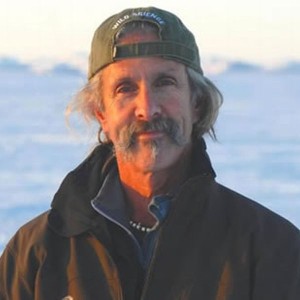
Dr. Joel Berger
Dr. Berger works both as a CSU professor and as a senior scientist for the New York-based Wildlife Conservation Society. Most work is 1) thematic – long-distance migration, climate impacts, and novelty in predator-prey relationships in the context of food webs; 2) set in North America, Arctic, Asia, and Africa; and 3) with mammals larger than a bread box.
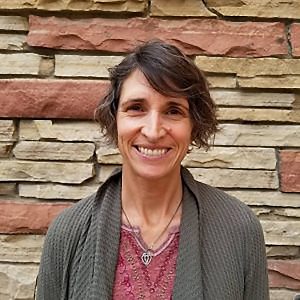
Dr. Cynthia Brown
Dr. Brown attended graduate school at University of California, Davis, where she studied the restoration of California’s native prairies on roadsides after construction. The objectives of her research included designing communities that would minimize competition among their members, while maximizing resistance to invasion through complementary patterns of resource use. She conducted postdoctoral research at University of Minnesota, where she focused on mechanisms of invasion into tallgrass prairie. She came to Colorado State University in July of 2002.

Dr. Kevin Crooks
Dr. Crooks is a Professor in the Department of Fish, Wildlife, and Conservation Biology and the Graduate Degree Program in Ecology at Colorado State University. He received a B.S. in Zoology at CSU, a M.S. in Ecology at the University of California Davis, and a Ph.D. in Biology at the University of California Santa Cruz. He was an Assistant Professor in the Department of Wildlife Ecology at the University of Wisconsin Madison before returning to CSU in 2003.
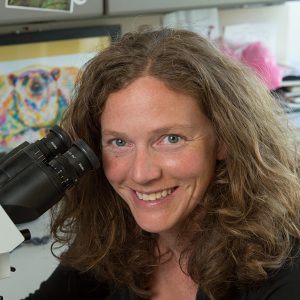
Dr. Colleen Duncan
Dr. Duncan is a veterinarian with advanced training in both epidemiology and anatomic pathology. She is employed as a diagnostic pathologist at the CSU veterinary diagnostic laboratory and enjoys working on all species as well as teaching veterinary students.

Dr. Chris Funk
In the Funk Lab, they strive to understand the evolutionary and ecological mechanisms that generate and maintain biological diversity using population genomics, experimental manipulations, and field studies. Their goal is to not only test basic evolutionary and ecological theory, but also directly inform policy and management decisions that will ultimately determine the fate of biodiversity.
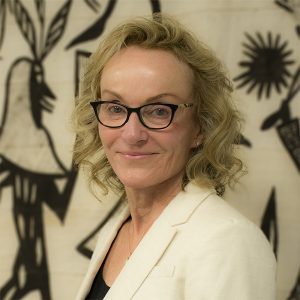
Dr. Kathleen Galvin
Trained as a biological anthropologist, Dr. Galvin has conducted interdisciplinary social-ecological research in the drylands of Africa and for over 25 years. She is interested in issues of pastoral land use, conservation, climate variability and change, food security and resilience and adaptation strategies of people in the savannas. Her research explores local perceptions of climate change and environmental changes and viable solutions.
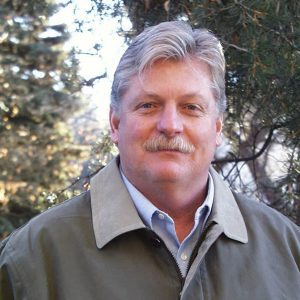
Dr. Barry Noon
In collaboration with my graduate students and post-docs, Dr. Noon’s research focuses on conservation planning for threatened and endangered species; science-based management of public lands to conserve biological diversity; population dynamics and viability analyses for at-risk species; and vertebrate demography and life history. For over three decades his research has emphasized the management of forest ecosystems to sustain biological diversity with a particular focus on spotted owls and other imperiled species.
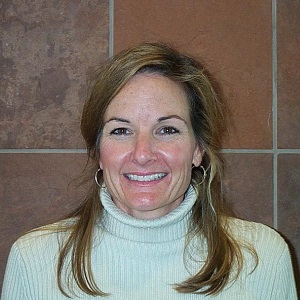
Dr. Kate Schoenecker
Dr. Schoenecker has conducted research on ungulate ecology for 19 years for the U.S. Geological Survey and leads the Ungulate Ecology Project. She has a collaborative research program and an Affiliate Faculty position in Ecosystem Science and Sustainability at Colorado State University.
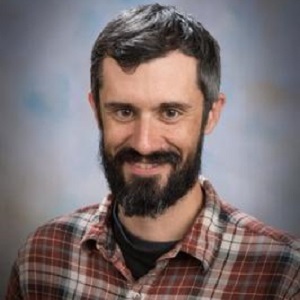
Dr. Craig Starger
Dr. Starger is a conservation biologist who works to advance science for biodiversity conservation and sustainable development. Craig has conducted extensive research on coral reef conservation biology, and has spent recent years implementing environmental policy and international development with the US government. His biology research focused on questions related to corals’ adaptive response to climate change, coral recovery, and coral population connectivity, mostly in Asia.
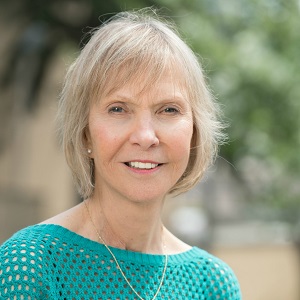
Dr. Diana Wall
A soil ecologist and environmental scientist, Dr. Wall is actively engaged in research exploring how life in soil (microbial and invertebrate diversity) contributes to healthy, fertile and productive soils and thus to society, and the consequences of human activities on soil globally. Her research on soil biota, particularly soil nematodes, extends from agroecosystems to arid ecosystems. Diana has spent more than 25 seasons in the Antarctic Dry Valleys examining how global changes impact soil biodiversity, ecosystem processes and ecosystem services.
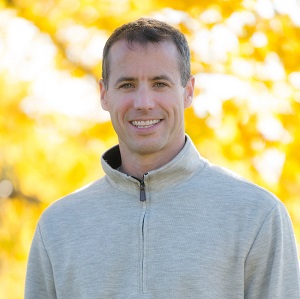
Dr. George Wittemyer
Dr. Wittemyer is an associate professor at Colorado State University’s Department of Fish, Wildlife and Conservation Biology, where he teaches undergraduate and graduate courses in conservation ecology. George’s research interests include investigation of the impacts of human pressures on natural systems. Human activities are causing major ecological changes from the alteration of species life history strategies to, in the worst case, population collapse. The long term impacts of these changes on species survival and ecosystem functioning are largely unknown.
Support the GBC
To financially support us, email us at globalbiodiversitycenter at gmail dot com. We can accept checks payable to Colorado State University and with ‘unrestricted gift’ written in the memo line.